Mr. Nguyen Minh Son, Director of the Department of Agriculture and Environment, said: Along with some specific production activities, agricultural production also has the risk of emitting greenhouse gases (water vapor, CO2, CH4, N2O, O3 and CFCs), which are gases that cause the greenhouse effect, leading to environmental and climate change. Particularly in crop production, the use of fertilizers and pesticides on large areas of cultivation, the application of flooded farming processes in the fields leading to dissolution and evaporation... are sources of emissions.

Currently, the total cultivated area of the whole province is about 62,000 hectares/year, of which the rice growing area is 37,000 hectares/year, the rest is other crops. During the cultivation process, each year, the whole province uses about 9,000 tons of pesticides and about 80,000 tons of fertilizers each year, of which the proportion of pesticide packaging is 5% and the proportion of inorganic fertilizers (chemical origin) is over 60%.
Mr. Tran Van Thuc, Head of the Provincial Department of Crop Production and Plant Protection (under the Department of Agriculture and Environment) analyzed: The general study shows that the cause of greenhouse gas emissions in crop cultivation is the amount of fertilizers and pesticides used in the cultivation process that remain in the soil, water and air. With the current situation, not to mention the amount of fertilizer and pesticide packaging scattered on the fields, the amount of fertilizer and pesticide residue in the soil; the amount of gas emitted from the decomposition process of fertilizer and pesticides; the amount of water dissolving fertilizer and pesticides and evaporating is the source of greenhouse gas emissions that are harmful to the environment and humans. Chemical fertilizers and pesticides emit more greenhouse gases than organic and microbial fertilizers and pesticides. Rice in particular will be the subject of relatively large emissions because of its large cultivation area, about 37,000 hectares/year. The process of cultivating rice requires the use of fertilizers to improve and nourish the soil, and the use of pesticides to prevent diseases; during the flooding period for the rice to grow and develop, the evaporation process carries harmful gases.
Based on reality, in recent years, Quang Ninh province has gradually implemented green, clean, and emission-reducing agricultural models. Specifically, the province has converted part of the ineffective rice area to high-value upland crops, combined with aquaculture or encouraged the development of "one rice crop - one color crop" models. For perennial crops, priority is given to using varieties that are both economically efficient and absorb carbon well. Regarding farming techniques, farming techniques are also gradually standardized towards emission reduction. For example, rice cultivation will apply alternating flooding and drying, apply the improved intensification system (SRI), use organic fertilizers, microorganisms and slow-release fertilizers to gradually replace inorganic fertilizers. Chemical pesticides are limited, replaced by biological solutions. Farmers are also gradually moving towards regulating water, fertilizers and chemicals through digital technology, from sensors, soil moisture monitoring software...; Developing organic agriculture, reducing the use of chemical fertilizers and replacing them with biological fertilizers and pesticides, and applying good farming practices (VietGAP). Along with that, strict management of input materials for agricultural cultivation, including fertilizers and pesticides, has contributed to reducing emissions in this production activity.

Mr. Tran Van Thuc, Head of the Provincial Department of Crop Production and Plant Protection (under the Department of Agriculture and Environment) affirmed: Currently, in the process of producing fertilizers and pesticides, manufacturers have selected active ingredients with low residues and short residual time in the soil. On this basis, every year, the province's specialized units make a list of environmentally friendly fertilizers and pesticides to encourage people to use them. Thanks to that, the amount of fertilizers and pesticides used in Quang Ninh fields has now decreased from 12,000 tons of pesticides (in 2020) to 9,000 tons at present, the rate of discarding pesticide packaging has also decreased from 10% to 5%; the rate of using organic and microbial fertilizers has increased from 25% (in 2020) to 35% - 40% as at present.
With the efforts and movements of Quang Ninh in agricultural production to reduce emissions, focusing on reducing emissions in cultivation, it is expected that it will not only replicate green agricultural models, clean agricultural products, and increase the value of crops in the whole province, but also contribute to the whole country in realizing the goal of reducing at least 15% of emissions by 2030, building a "low emission" brand and developing carbon credits, making Vietnam a pioneer country in the region in agricultural products with climate responsibility.
Source: https://baoquangninh.vn/nhan-rong-cac-mo-hinh-trong-trot-giam-phat-thai-3381373.html






![[Photo] General Secretary To Lam meets with General Secretary and President of Laos Thongloun Sisoulith](https://vphoto.vietnam.vn/thumb/1200x675/vietnam/resource/IMAGE/2025/10/25/1761380913135_a1-bnd-4751-1374-7632-jpg.webp)

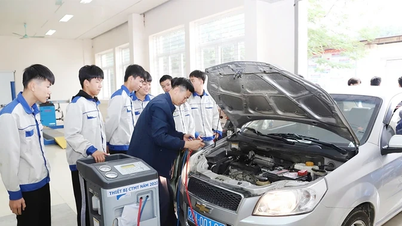

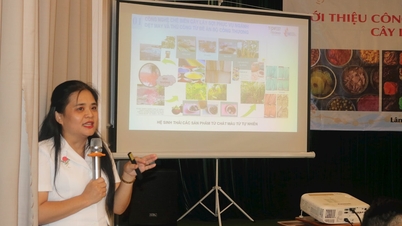

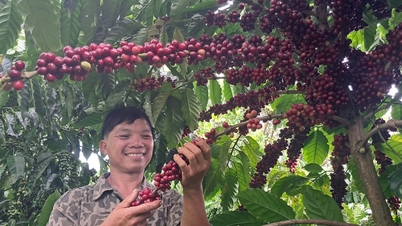
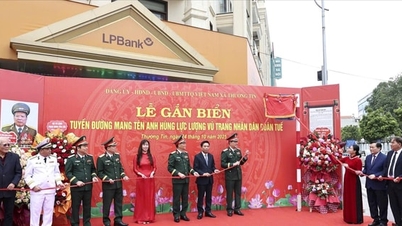

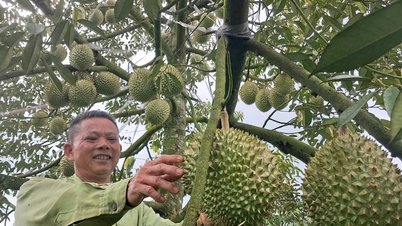


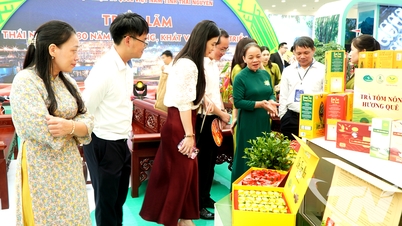



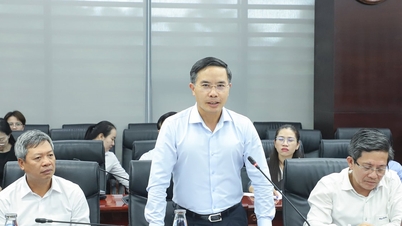

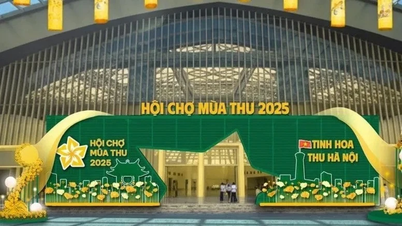

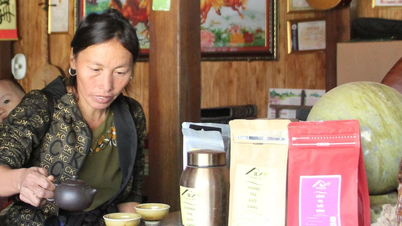
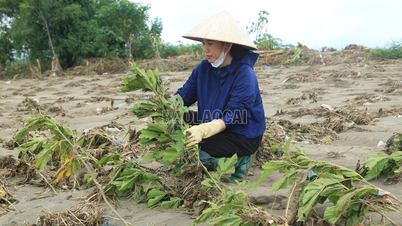




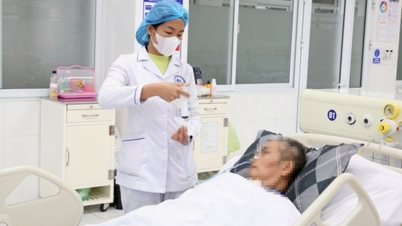
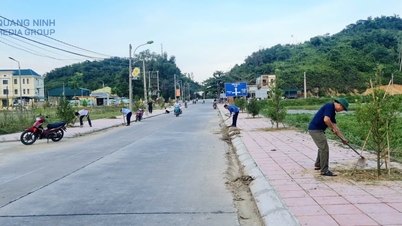
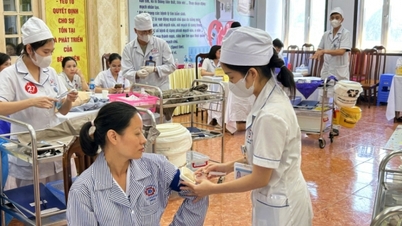
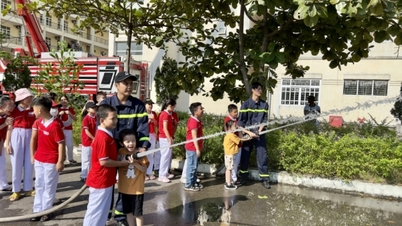

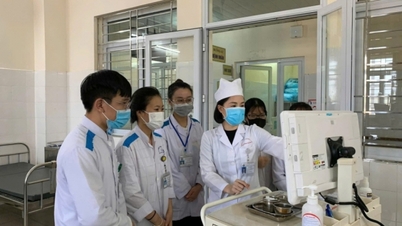
![[Photo] President Luong Cuong receives heads of delegations attending the signing ceremony of the Hanoi Convention](https://vphoto.vietnam.vn/thumb/1200x675/vietnam/resource/IMAGE/2025/10/25/1761377309951_ndo_br_1-7006-jpg.webp)
![[Photo] President Luong Cuong and United Nations Secretary-General Antonio Guterres chaired the signing ceremony of the Hanoi Convention.](https://vphoto.vietnam.vn/thumb/1200x675/vietnam/resource/IMAGE/2025/10/25/1761370409249_ndo_br_1-1794-jpg.webp)








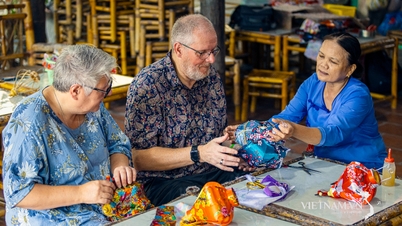

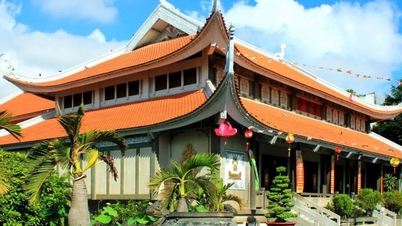





























![[Photo] General Secretary To Lam receives United Nations Secretary-General Antonio Guterres](https://vphoto.vietnam.vn/thumb/402x226/vietnam/resource/IMAGE/2025/10/25/1761379090768_image.jpeg)


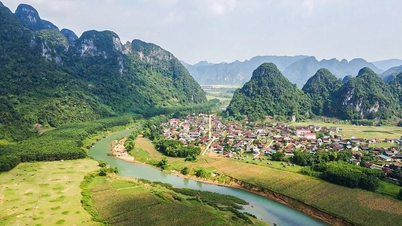





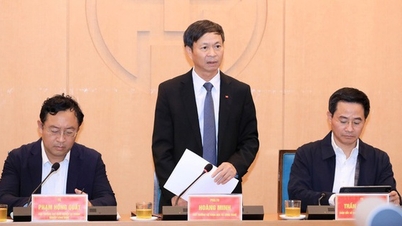
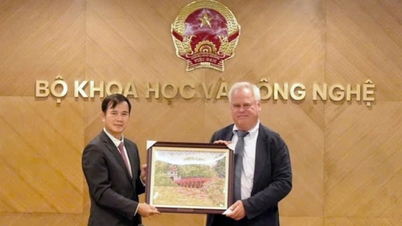


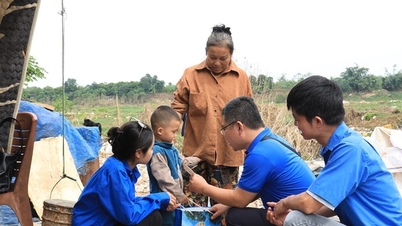
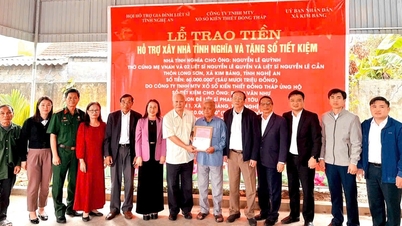
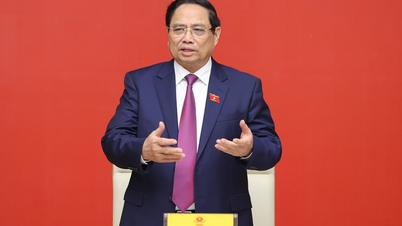


















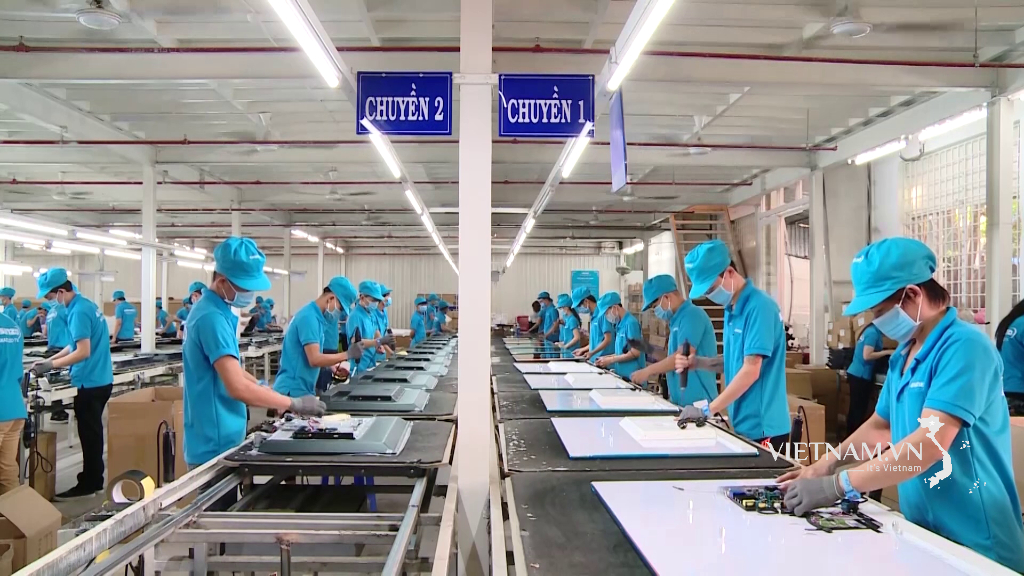



Comment (0)